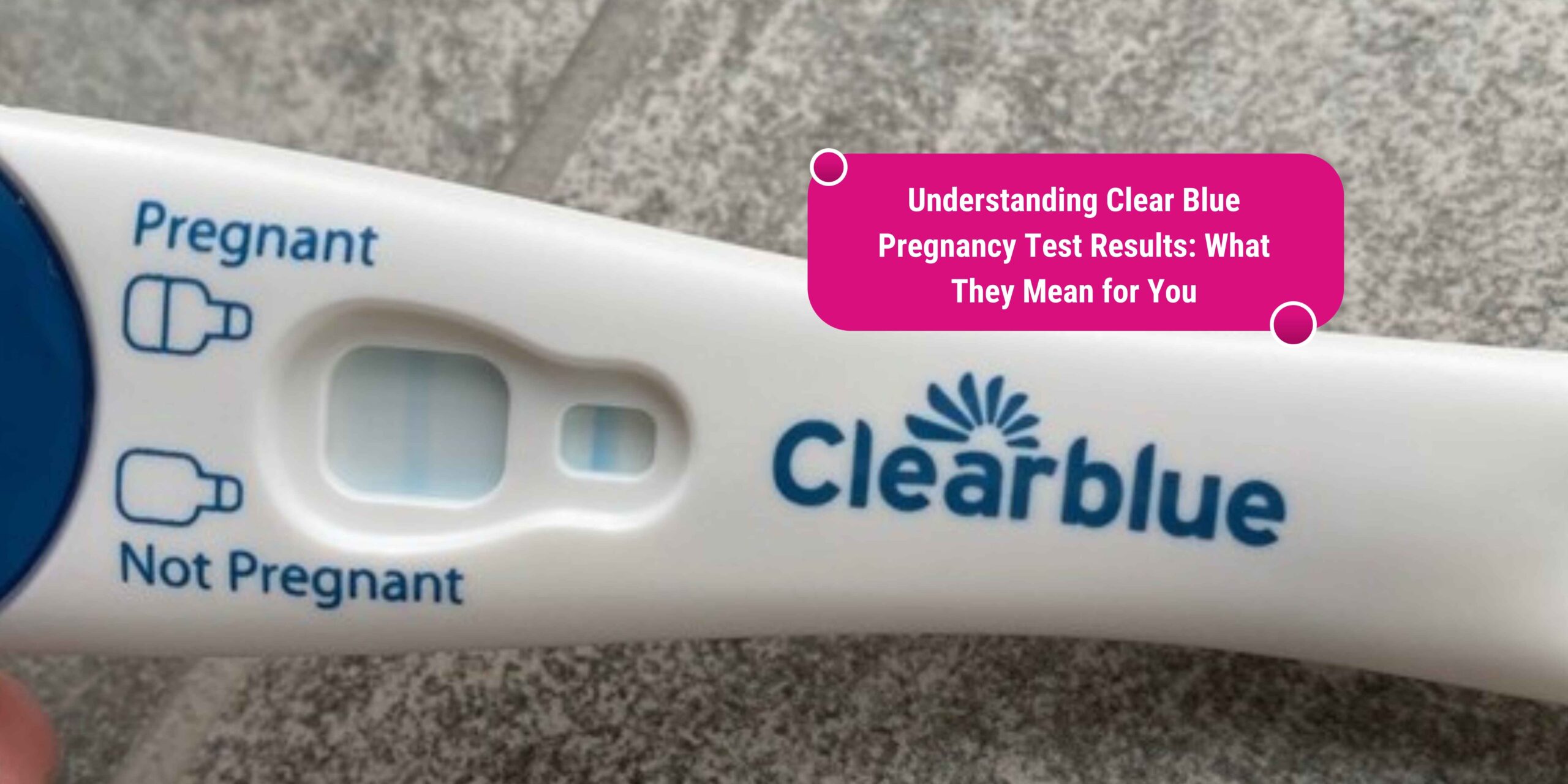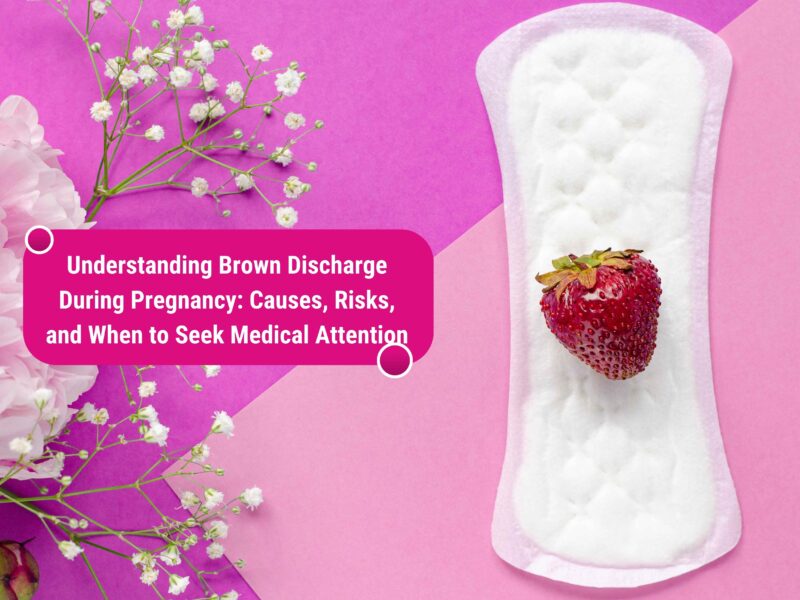Clear Blue pregnancy tests are well-known enigmas that intrigue people, bringing to light moments of happiness or grief. These pregnancy tests are important medical devices utilized to detect not only pregnancy but also numerous gynecological conditions. The tentative purpose of this essay is to provide a detailed, comprehensive understanding of Clear Blue pregnancy tests and how the results should be interpreted. This topic is significant because it is important that individuals do not make incorrect decisions based on improper interpretation of the results, nor do they withhold treatment due to improper interpretation of the results. Many have maintained that the limitation of pregnancy tests is rooted in their insensitivity to our patients’ distress. While pregnancy tests are rather simple diagnostic devices, the results can elucidate pertinent medical information that people will be able to act upon. Understanding pregnancy tests is therefore part of caring for the pregnant patient. Although Clear Blue pregnancy tests have been available in the United States since 2003, there is a substantial amount of nonfiction made available, much of which is the object of this paper. The literature that provides guidelines for reading pregnancy tests remains quite scant. It is important, then, that readers understand the difference between a positive test and a negative test, misconceptions about pregnancy tests, tips and tricks for using a pregnancy test, evaporation lines, indeterminate pregnancy tests, and pseudo-hCG.
How a Clear Blue Pregnancy Test Works
The first step to interpreting any pregnancy test result is understanding how it works. Pregnancy tests determine pregnancy using a hormone known as hCG (human chorionic gonadotropin), which is produced when a woman is pregnant. These tests come in two different designs. One test is “go/no-go” digital. This test is supposed to provide clear “pregnant” or “not pregnant” results. The other design does not automatically display the results; instead, the user must read two lines (one line for not pregnant and two lines for pregnant).
Both tests work in the same way. When a woman urinates on the pregnancy test stick, the urine is absorbed by a wicking material until it gets to a testing pad. In the testing pad, there are small amounts of a synthetic hormone similar to hCG that are bound to an indicator that changes color when the synthetic hormone is attached. This prevents an obvious false positive result if any traces of the hormone are present in the urine. After the test gets to the testing pad and the color changes, if there is any “real” hCG in the pregnant woman’s urine, it will compete with the synthetic hCG for fewer available spots to attach in the testing pad. The color change of the indicator on the test stick is compared to a reference line. If the reference line is darker than the test line (on the two-line version) or says “pregnant” (on the digital), the test is “positive.” It is recommended this test be used after the first day of a missed period and it is more than 99% accurate when used as directed. Other brands offer both “go/no-go” tests and “two line” tests as well.
Interpreting Clear Blue Pregnancy Test Results
Looking at the percentage of reliability that a pregnancy test claims to have in determining pregnancy, interpreting your results as soon as the indicated waiting time is over is crucial. There are three possible results one can see: negative, not pregnant, or invalid. A negative or not pregnant result signifies that no two lines appear, while a positive test will show two lines: a thicker one for control and a second that’s lighter for pregnancy. An invalid outcome, meanwhile, is indicated by a white space where a control line should be present, leaving a test result that’s not accurate. You should also take into account the brand version on the effect formation and timing in your decision of interpreting the result confidently. In general, there are five scenarios that may lead to confusion on pregnancy test results. Misinterpretation of your negative test may occur due to not having enough pregnancy hormones, while you might detect your pregnancy too early, before implantation, in which case there may not be enough pregnancy hormones in your urine until a few days later. This means that waiting a few days and taking another test is the best course of action to be certain of the result. Questions you might have after evaluating the pregnancy test results may regard the possibility of false negative or false positive results, the pregnancy detection timeline, test and hormonal birth control interactions, or what to do when seeing results that do not match the timeframe of the test or the box.
Positive Result

If you take a pregnancy test and you get a positive result, that means that the test has detected hCG, which confirms pregnancy in your sample. Getting a positive pregnancy test result can be very exciting for most people because you’re finally seeing a visual indication in front of your eyes that you could be pregnant. However, the home pregnancy test instructions should always state that you should follow a positive result with a doctor’s appointment to get a confirmation for those results. At a doctor’s office, they can order a blood test to determine your hCG levels, of course, if you are seeking confirmation and early prenatal care.
A lot of people can experience a million and one different feelings immediately after reading a positive pregnancy test result, including uncontrollable happiness, anxiety, panic, excitement, overall celebration, doubt, and even shock. It may take you a little while to come to terms with the results and emotional situation at hand. The best thing to focus on right after taking the pregnancy test is to immediately start getting ready for a doctor’s appointment that is not only going to confirm things for you but will start your prenatal care appointments that are very crucial during your pregnancy. You’ll want to begin making some dramatic and healthy lifestyle changes during your pregnancy as well, including avoiding harmful substances and taking prenatal vitamins.
Negative Result
Negative Does Not Mean You Are Not Pregnant One of the most important things to keep in mind is that a negative pregnancy test result only means that there were undetectable hCG levels in your urine at the time the test was taken. A home pregnancy test typically cannot pick up hCG levels lower than 25 mIU/ml, so you might be pregnant and still have a negative test. Even if a hospital-quality blood test was taken instead, it might be too early for a positive result. In general, a negative result has one important thing in common: a lack of detectable hCG levels in your urine. So, it does not mean you were not pregnant. The emotional response a negative result will elicit is a complex one. After months of preparation, and whether you were expecting to see that negative result on your pregnancy test or not, it is disappointing. On the other hand, there is very little that can make you feel more relieved than seeing that negative symbol on a digital pregnancy test when you were not prepared for the possibility of pregnancy. Many factors can create a false-negative test result, like not waiting long enough after your missed period or user error during the testing process. To test or not to test again? The best way to help you decide whether or not you need to test again is to figure out the cause of the negative result in the first place. For one, you might have tested early, so retest in a few days to a week. If you took the test correctly and had sex just two weeks ago and stopped testing months in advance, you might be pregnant. If you’re still confused, check in with your provider just to be sure. Remember, no two situations are exactly the same, and good timing is one detail that should not be overlooked.
Invalid Result
If the test displays an invalid result, it means that either there was an issue with the testing conditions or that the test is faulty. Possible causes of an invalid result include not following instructions, using the test too long past its expiration date, and damage to the testing mechanism itself. Invalid pregnancy test results are never good but are normal and expected if you are taking a test. However, taking a test under the proper, recommended, and clean conditions can help decrease the chances of an invalid pregnancy test result. If the test comes back invalid, you should test again with a new pregnancy test kit. Since the result is based on the hormone levels in your body, if it was too early and the hormone levels were too low, taking the test a day or two after the first one with the same sample should solve the problem. Having an invalid pregnancy test result can lead you to feel more anxious and confused with your current thoughts. It can result in not only invalid results but also a faint line. Troubleshooting can help you learn why you are experiencing issues and lead to an invalid pregnancy test result. If you come up with a negative, invalid result, take another pregnancy test.
Emotional Impact of Clear Blue Pregnancy Test Results
Receiving results is a tumultuous experience for many individuals, as pregnancy tests can evoke a variety of emotions. These can include joy, fear, anxiety, excitement, anticipation, disappointment, confusion, and more. Navigating these emotions can lead to stress and increase feelings of urgency and drama, which can impact decision-making. Many users may experience these emotions alone or with loved ones expressing their feelings and experiences. Still, other users may express that other people’s experiences and opinions do not directly affect their emotional responses or circumstances and, therefore, evoke negative emotions like frustration and anger when expected bonds are not urgently broken.
If you have had a devastating or extremely happy reaction to your test result and find it hard to manage, it is important to equip yourself with healthy coping strategies: acknowledge your emotions, give yourself permission to feel, and cry if you must, communicate your feelings, focus on a breathing pattern, go for a walk, listen to music, practice mindfulness, and talk to a qualified mental health professional. Receiving results is no small thing, and regardless of the outcome, it is important to look after your mental and emotional health during a pivotal time in your life.
Pregnancy tests fall into one of two categories: tests for human chorionic gonadotropin (hCG) or tests for luteinizing hormone (LH). Pregnancy tests measure the presence of hCG, a hormone produced after a fertilized egg implants in the uterus. LH ovulation tests measure the rise in luteinizing hormone levels that occurs before ovulation, to help individuals trying to conceive time intercourse for the best chances of pregnancy.
The suite of tests includes mechanical digital tests, with a viewing window for the digital readout or plus/minus sign. Connections: the Reproductive Cycle.
Seeking Further Confirmation and Support
Although a pregnancy test can provide invaluable early information on your pregnancy status, further confirmation is vital in every case. Post-test results are a perfect time for you to make an appointment with your healthcare provider. They can perform a complete examination, which may include an internal examination, arrange for blood testing, or perhaps arrange for a high-quality ultrasound to determine whether or not you are actually pregnant. If you wish, they can also provide compassionate one-on-one care and counseling. They can also discuss any concerns you may have going forward, including expectations during the first trimester or your future pregnancy plans. After a pregnancy test, a healthcare professional can also help you discuss the result with your partner in a kind and open manner.
For those who desire further counseling or assistance or outside feedback, support groups are available to aid you in managing any confusing or negative pregnancy test result. Even if you are unsure what to do following a negative result, the support that you receive will provide you with the confidence that is needed to move ahead with certain health-related options. Trained crisis pregnancy counselors are accessible to help you or your friends if the pregnancy check comes back positive. Based on where you reside, counselors may be capable of supplying greater information so that you can better manage your unplanned pregnancy. Crisis pregnancy counselors are manning phone lines to offer support around the world, while face-to-face support is available in many areas.



